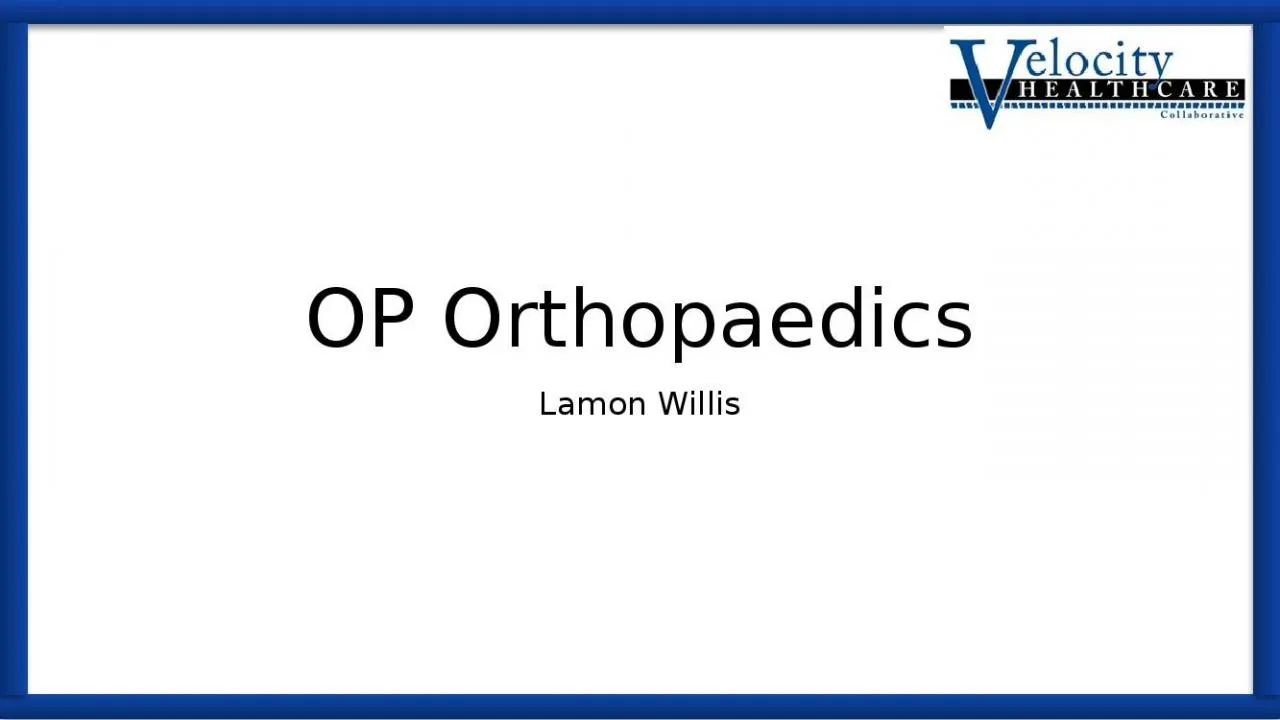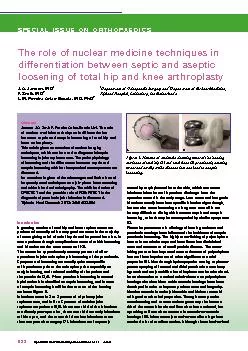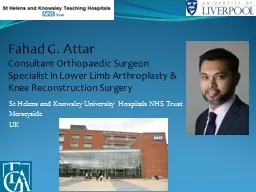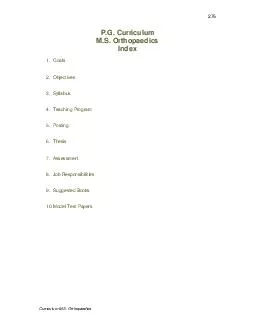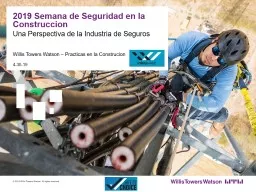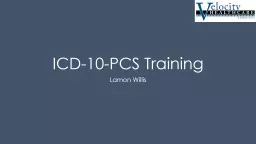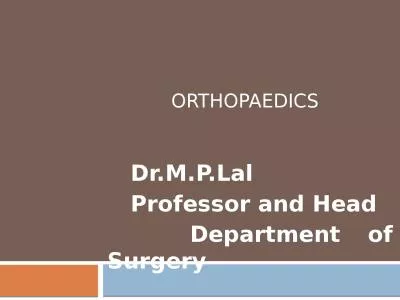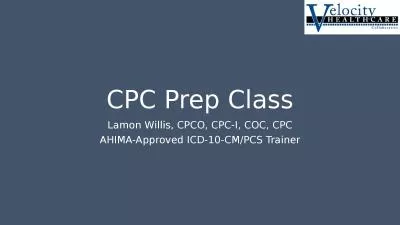PPT-OP Orthopaedics Lamon Willis
Author : carny | Published Date : 2022-02-16
AspirationsInjections Aspirations amp Injections 20526 Injection therapeutic eg local anesthetic corticosteroid carpal tunnel 20550 Injections single tendon sheath
Presentation Embed Code
Download Presentation
Download Presentation The PPT/PDF document "OP Orthopaedics Lamon Willis" is the property of its rightful owner. Permission is granted to download and print the materials on this website for personal, non-commercial use only, and to display it on your personal computer provided you do not modify the materials and that you retain all copyright notices contained in the materials. By downloading content from our website, you accept the terms of this agreement.
OP Orthopaedics Lamon Willis: Transcript
Download Rules Of Document
"OP Orthopaedics Lamon Willis"The content belongs to its owner. You may download and print it for personal use, without modification, and keep all copyright notices. By downloading, you agree to these terms.
Related Documents

